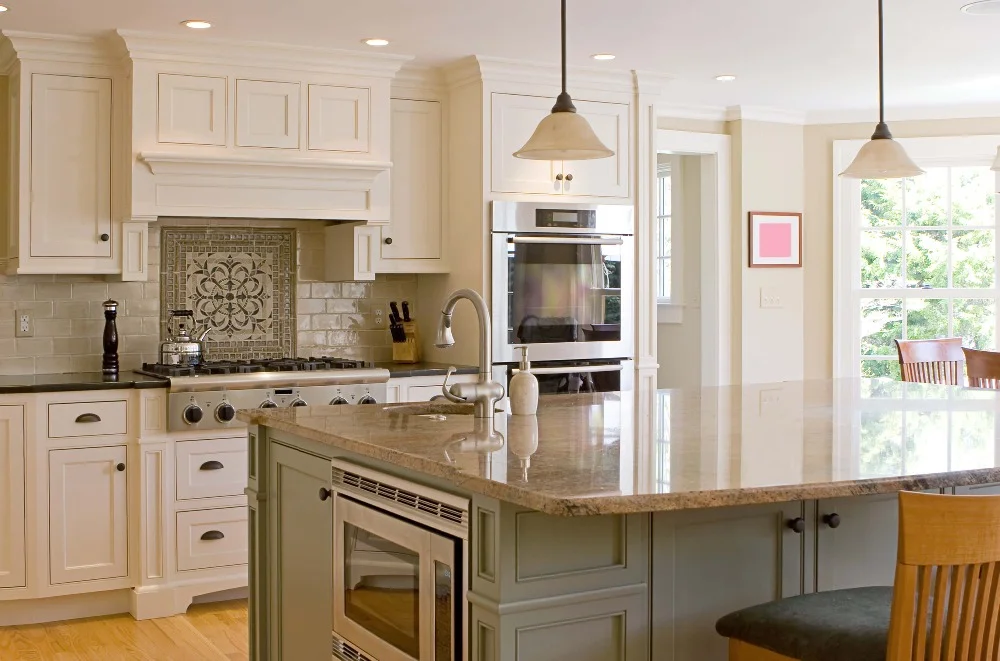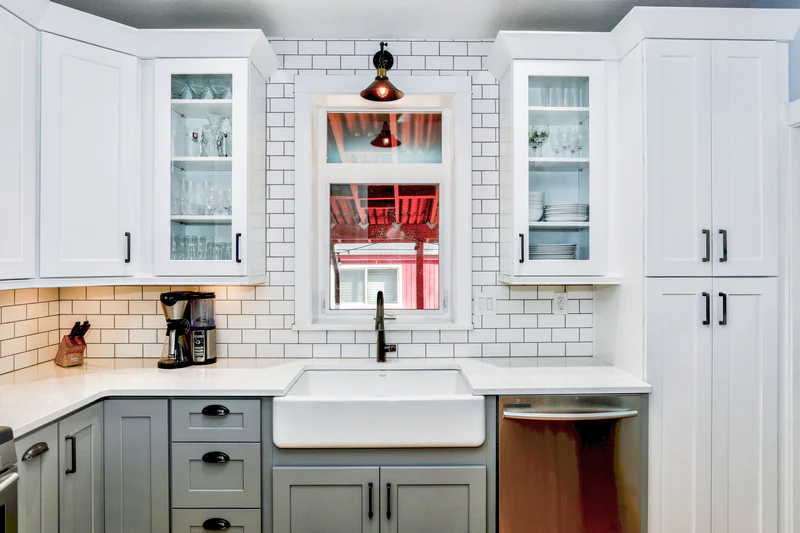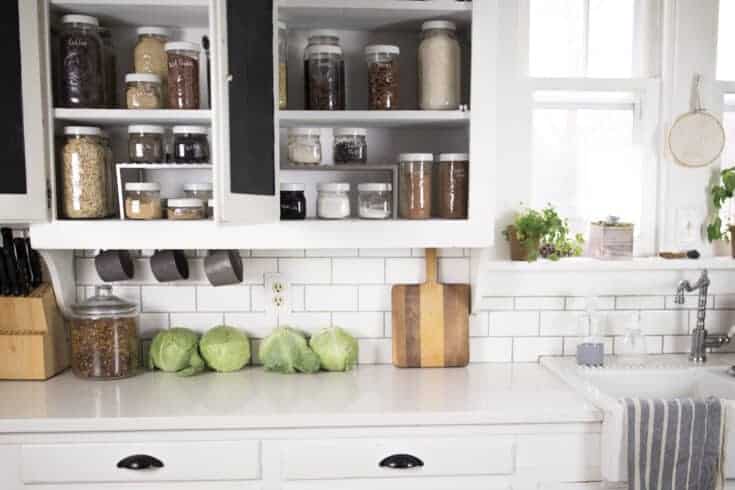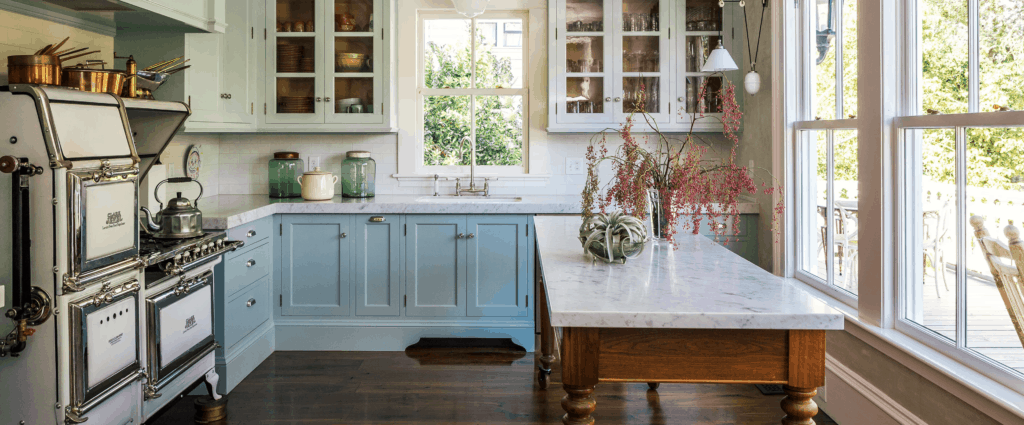Hoosier cabinets, also known as Hoosier kitchen cabinets, are a type of free-standing kitchen furniture that were popular in the early 20th century. These cabinets were designed to maximize storage space and increase efficiency in the kitchen. Over the years, different styles of Hoosier cabinets emerged, each with its own unique features and characteristics. In this essay, we will explore the various styles of Hoosier cabinets and discuss how to identify them.
The Hoosier Cabinet: A Brief History
To understand the different styles of Hoosier cabinets, it is essential to have a basic understanding of their history. The Hoosier Manufacturing Company, based in Indiana, introduced the Hoosier cabinet in the early 1900s. At the time, kitchens were evolving from small workspaces to multifunctional areas, and Hoosier cabinets became a popular solution to organize and store kitchen essentials. These cabinets typically featured a combination of drawers, shelves, a workspace, and other functional elements.
Common Features of Hoosier Cabinets

- Storage space: Hoosier cabinets typically feature multiple shelves, drawers, and compartments for efficient storage of various kitchen items such as dishes, utensils, and ingredients. These cabinets were designed to maximize storage capacity and organization.
- Pull-out work surface: One distinctive feature of Hoosier cabinets is a pull-out work surface or enamel top, which provides a convenient space for food preparation. This feature allowed homeowners to have a dedicated area for chopping, mixing, and rolling out dough.
- Flour bins and sifters: Many Hoosier cabinets include a built-in flour bin, usually made of tin or glass, which provided a convenient and airtight storage solution for flour. Some cabinets also feature a sifter mechanism connected to the flour bin, allowing users to sift the flour directly into a mixing bowl.
- Spice racks and storage jars: Hoosier cabinets often come equipped with spice racks and multiple glass storage jars. These racks and jars were designed to hold various spices and ingredients, making them easily accessible during cooking or baking.
- Cookbook holders: To assist with meal planning and recipe execution, Hoosier cabinets frequently have built-in cookbook holders.
- Slide-out tables: Some Hoosier cabinets include slide-out tables, which can be extended to provide additional workspace.
Overall, these common features make Hoosier cabinets highly functional and efficient additions to kitchens, serving as a central hub for storage, meal preparation, and organization.
Identifying Different Styles

The Original Hoosier Style
The original Hoosier cabinet design, also referred to as the “Napanee” style, was characterized by its distinctive features. These cabinets were usually made of oak or pine and featured a porcelain countertop for easy cleaning. The upper section of the cabinet often had a roll-top or tambour door that could be closed to conceal the workspace. Another identifying feature of the original Hoosier style was the inclusion of flour and sugar bins with sifters, spice racks, and canisters for dry goods storage.
The Sellers Cabinet
One of the most popular variations of Hoosier cabinets was the Sellers cabinet. This style was introduced by the Sellers Company, a competitor of the Hoosier Manufacturing Company. Sellers cabinets were known for their innovative features, such as the “Hoosier Slide,” a pull-out work surface that could be expanded for additional workspace. These cabinets also had a multitude of compartments and storage spaces, including glass jars for spices and labeled tin canisters for dry goods.
The McDougall Cabinet
The McDougall cabinet was another notable style of Hoosier cabinets. These cabinets were produced by the McDougall Kitchen Cabinet Company and had distinct characteristics that set them apart from other styles. McDougall cabinets often featured a distinctive flour sifter mechanism integrated into the cabinet door. The sifter was operated by a crank or handle on the outside, making it easy to access and use. Additionally, McDougall cabinets were known for their ample storage space, with shelves, drawers, and sliding metal bins.
The Boone Cabinet
The Boone cabinet was a unique style of Hoosier cabinet that featured a combination of wood and metal construction. These cabinets were manufactured by the Boone Kitchen Cabinet Company and were primarily made of oak. What distinguished the Boone cabinet was the use of metal flour and sugar bins, along with metal-lined bread drawers. These metal components were often nickel-plated for a polished appearance. Boone cabinets also had a distinctive design with decorative flourishes and ornate hardware.
The Wilson Cabinet
The Wilson cabinet, produced by the Wilson Manufacturing Company, was another popular style of Hoosier cabinet. Wilson cabinets were known for their high-quality craftsmanship and attention to detail. These cabinets often featured a porcelain workspace, similar to the original Hoosier style, but with additional storage space and functional elements. Wilson cabinets were also known for their unique hardware, such as decorative pulls and hinges, which added an elegant touch to the overall design.
Care and Maintenance of Hoosier Cabinets

- Regular Cleaning: Clean the cabinet regularly using a soft, lint-free cloth and a mild detergent or wood cleaner. Avoid using harsh chemicals or abrasive materials that can damage the finish.
- Avoid Moisture: Keep the cabinet away from direct water sources and high humidity areas to prevent warping or swelling of the wood.
- Waxing: Apply furniture wax or polish to protect the cabinet’s finish and enhance its shine. Follow the manufacturer’s instructions for the specific type of wax or polish to use.
- Hardware Maintenance: Clean and polish the cabinet’s hardware, such as handles and hinges, to maintain their appearance and functionality. Replace any damaged or broken hardware as needed.
- Avoid Sunlight: Place the cabinet away from direct sunlight to prevent fading or discoloration of the wood and finish.
- Prevent Scratches: Use coasters, placemats, or tablecloths to protect the cabinet’s surface from scratches and heat damage caused by hot pots or pans.
- Tighten Loose Screws: Periodically check and tighten any loose screws or fittings to ensure the stability and structural integrity of the cabinet.
Conclusion
In conclusion, Hoosier cabinets have a rich history and come in various styles, each with its own unique features and characteristics. By understanding the history and distinctive elements of different styles, such as the original Hoosier style, Sellers cabinets, McDougall cabinets, Boone cabinets, and Wilson cabinets, it becomes easier to identify and appreciate these timeless pieces of kitchen furniture. Whether you are a collector, antique enthusiast, or simply interested in the history of kitchen design, recognizing the different styles of Hoosier cabinets allows you to appreciate the craftsmanship and functionality of these iconic pieces.


